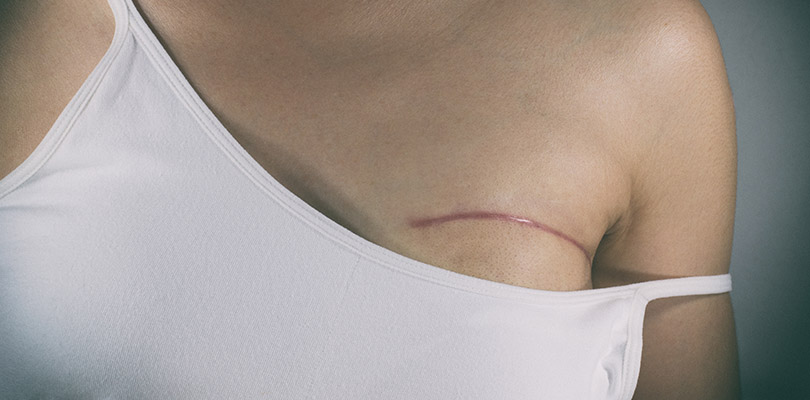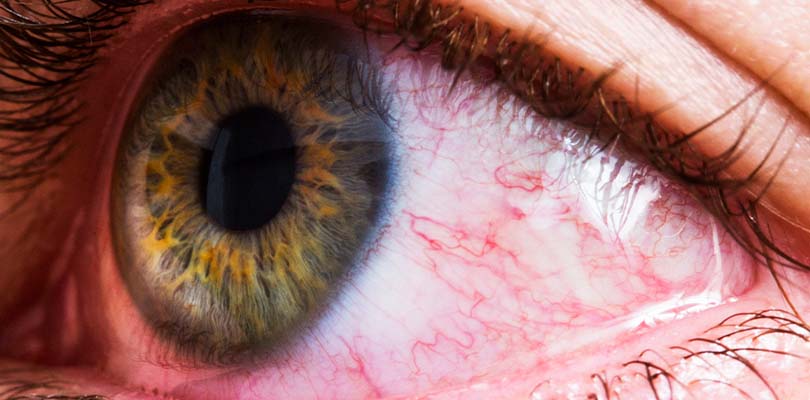Cryoablation for Cancer
With cryoablation for cancer, the term “freezing to death” is not an exaggeration, but a fitting description. This type of treatment literally causes cells to freeze and die off—including cancer cells.
What Is Cryoablation for Cancer?
Cryoablation is a minimally invasive cancer treatment that uses intense cold to treat small tumors. Also referred to as cryosurgery or cryotherapy, cryoablation treats other conditions such as pre-cancerous skin moles, skin tags, nodules, retinoblastomas and more.
Cryoablation targets diseased tissues and freezes that tissue using a tool called a cryoprobe. The cryoprobe is a small, wand-like needle that is inserted through the skin directly into a tumor. Gas pumps from tanks into the cryoprobe, causing the tissue to freeze. The tissue is given time to thaw and is then blasted with another round of freezing gas. This freeze and thaw cycle is repeated several times throughout a single treatment session.
Is Cryoablation Used to Treat Cancer?
Cryoablation targets, freezes and destroys diseased tissue, including cancer cells. This treatment helps relieve both pain and symptoms caused by cancer, and it can effectively target the affected areas. In some cases, cryoablation may be the primary treatment for bone, cervical, eye, kidney, liver, lung and prostate cancer.
How Cryoablation Kills Cancer Cells
Living tissues, both healthy and diseased, are not meant to endure intense cold. There are a few ways that cryoablation works:
- Cellular dehydration occurs when ice forms in the fluid outside the cells
- Ice forms within the cell and the cell is destroyed by ice crystals
- The cell bursts due to swelling from ice expanding within the cell
- A loss of blood supply to the cell
Cryoablation Treatment Process
Preparation
Leading up to your appointment, your doctor or specialist provides preparation instructions. Prior to giving the green light for cryoablation, they will need to know of any recent illnesses, medical conditions, allergies, current medications (including supplements), whether you are pregnant and other information that may affect treatment. Your doctor may advise you to stop taking certain drugs, such as aspirin or blood thinners, prior to the procedure. As a safeguard against infection on the day of the procedure, you may be given a dose of antibiotics or moderate sedation to manage discomfort.
Tools and Technology
Cryoablation uses a few tools during treatment. Of course, the cryoprobe is an important component, as it dispenses the liquid nitrogen or argon gas to the diseased tissue site. A computer controls the flow of gas from the tanks to ensure the right amount is dispensed. To direct the cryoprobes to the treatment sites inside the body, the specialist uses imaging guidance, such as ultrasound, computed tomography (CT), or magnetic resonance (MR).
How Cryoablation Treatment Works
In order to kill cells, the doctor needs to freeze and thaw the cells for at least two cycles. To treat tissue on the skin’s surface, such as a skin tag, the cold treatment is applied topically using a cotton swab or spray device. For treatment of tissues inside the body, the physician makes a small incision at the site just big enough to insert the cryoprobe, which delivers the gas once it’s in place. After the cancer cells are destroyed, your white blood cells swarm the area to remove the dead tissue.
Recovery
The procedure takes up to three hours depending on how many cycles of freezing and thawing are needed. After the cryoprobe is removed, the physician applies pressure to stop any bleeding. Usually the incision is so small, sutures are not necessary. An overnight stay is generally not required for cryoablation and recovery time is pretty quick. The procedure results are sent to your referring physician and you may need to schedule a follow-up visit to check on your recovery progress.
One way to eliminate cancer from the breast is to undergo some type of breast cancer surgery. The two main types are lumpectomy and mastectomy.
Pros of Cryoablation Treatment
- Cryoablation is a well-established technology that offers precise targeting of diseased tissue and efficient destruction of tumor cells
- The tools limit damage to healthy tissue and there is minimal scar tissue caused from the procedure (unlike open surgery)
- The procedure is done on an outpatient basis, so you are able to go home a few hours after treatment
- Recovery time is generally faster than open surgery
- You may be able to return to normal daily activities only 24 hours following treatment (in some cases sooner)
- Cryoablation may be used in cases where open surgery is not a viable option
- Minimal post-operative pain which lessens the need for pain medication
Cons of Cryoablation Treatment
- Stillness during the procedure is required, which may cause patient discomfort
- It may take up to a week and a half to resume some of your activities
- The puncture and freezing of some tissues may cause bleeding
- There is the possibility that normal structures in the proximity of the treatment site get damaged
- There may be nerve damage
- Complication from medications may arise
- Cryoablation is a localized therapy, so can only treat a single site
- As a newer treatment, there is not much research of long-term effectiveness for cryoablation
Side Effects of Treatment
Side effects are possible with any treatment, based on a combination of an individual’s health, the size, severity and location of the tumor, and any peripheral damage from the tumor to other tissues. Possible side effects:
- Pain
- Bleeding
- Infection
- Lower body temperature
Does Cryoablation Treatment Work?
Studies show positive results in select patients, particularly in treatment of the bones, kidneys, liver and lungs. Since this is still considered a newer treatment there, is not much information available for the long-term effectiveness of cryoablation. Studies and research are ongoing to determine the long-term outcomes for this freezing treatment.
Cryoablation offers another option for treatment of cancer and other conditions; your doctor can help determine if cryoablation is a suitable treatment for you.







